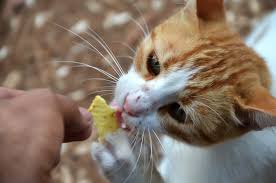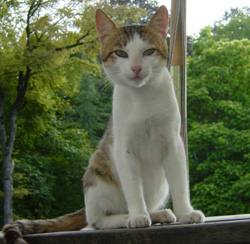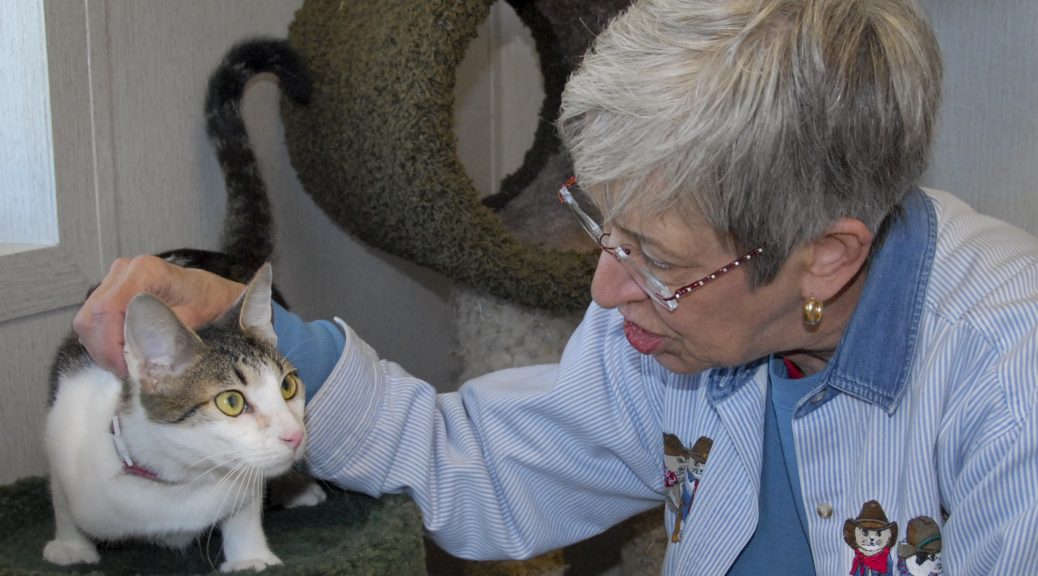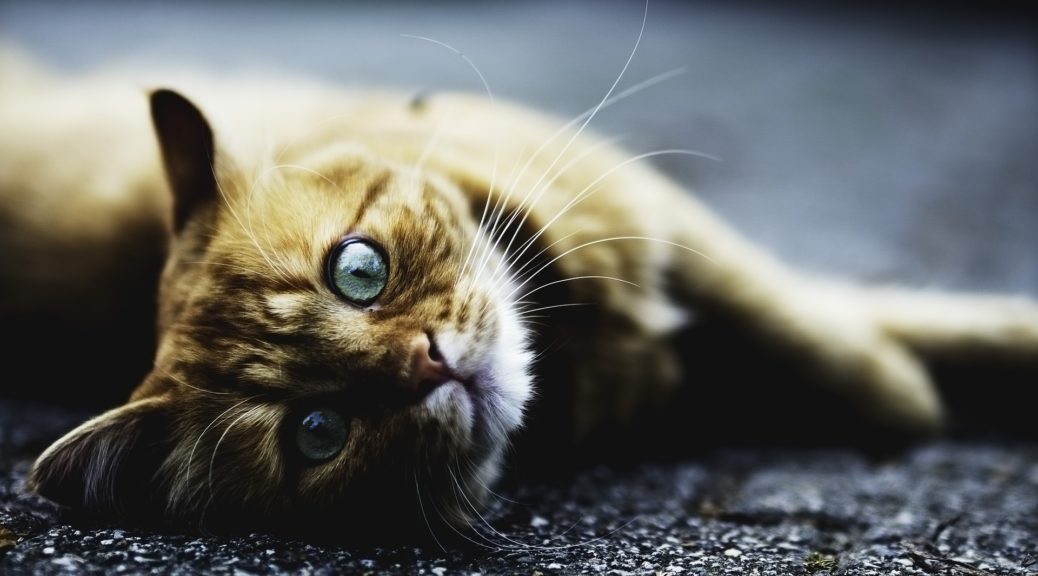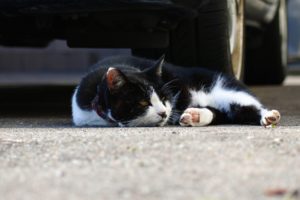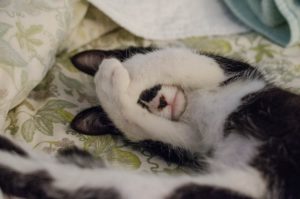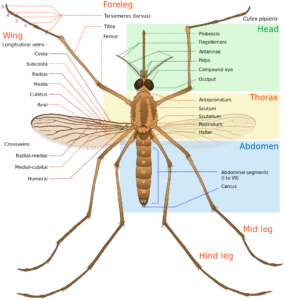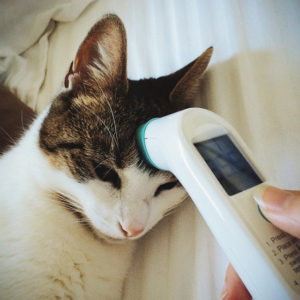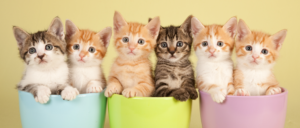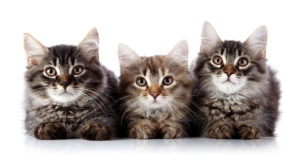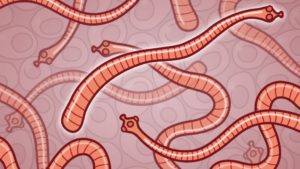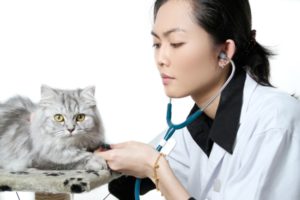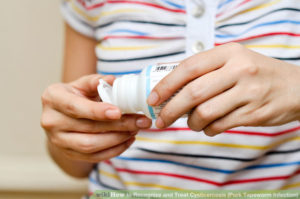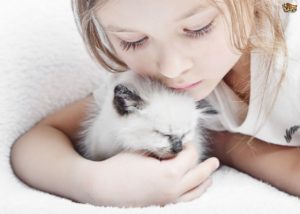Cats are very delicate animals susceptible to stress and various diseases. They are also very secretive, and this feature can be dangerous for them. When they suffer from something, it is difficult to see the first symptoms. The disease often reveals itself too late when it is already at an advanced stage. That is why prevention and accurate observation of the behaviour of pets is so important. A sick cat will send us signals, even the smallest ones can be a sign of a health problem. What are our cats suffering from? What are the most common cats diseases?
1. Infections of the bladder and urinary tract
Symptoms:
This condition occurs quite often and is unfortunately very painful. To the same extent, it affects cats and males. It is difficult to notice them with the cat coming out. Only cats in the home can observe: frequent and unsuccessful attempts to urinate, meowing during handling, red discoloration of the gravel, excessive licking under the tail, pain in lifting, getting out of the litter box (because this is associated with pain).
Causes:
The reason is usually the presence of crystals that can form stones. The reason for their formation may be, for example, a poor diet. Because castrated cats are more susceptible to bladder accidents – they should receive food for neutered cats, which is suitably adapted to the needs of their bodies. The veterinary surgeon puts the exact diagnosis after examining the urine sample. If the inflammation is not related to the presence of crystals, the reason may be bacteria, viruses, cancer, anatomical defects and even neurological disorders.
Treatment:
The proper diet will play a key role in treatment. Its task is to break up existing stones and stop the precipitation of further crystals. The doctor will certainly recommend antibiotic therapy, painkillers and anti-inflammatories. It is important that the sick cat drinks a lot of water. This will help in bladder rinsing. The carer should take care of the level and quality of water in the bowl and the cleanliness of the cuvette. If the cat does not want to drink, he should not eat dry food. It is possible that the therapy will be very long.
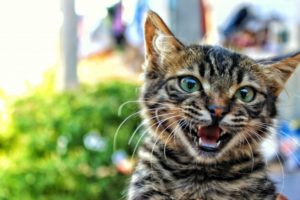
2. Diseases of the teeth and periodontium
Symptoms:
A cat who has dental problems is suffering a lot. In connection with toothache, the cat loses its appetite. This leads to weight loss and overall decline in fitness. From the mouth, an unpleasant odour and saliva may come out. In more advanced cases, periapical abscesses may occur. Symptoms are visible to the naked eye. It is a yellow precipitate, the unveiling of tooth roots, bleeding gums caused by inflammation, cavities.
Causes:
The cause is bacterial deposits, or plaque, which accumulates on the surface of the teeth. This leads to local destruction of gum tissue and inflammation. Bacterial deposits are transformed into stone when calcification occurs. Bacteria that accumulate release dangerous toxins that, if absorbed into the blood, can damage the cat’s internal organs.
Treatment:
Plaque and tartar can be removed with an ultrasound scaler at the vet. Because the procedure can be painful, the condition is anaesthesia of the cat. If an abscess appears, remove the sick tooth and clean the alveolus. Most cats over 2 years of age suffer from tooth aches. Therefore, the pet should be examined prophylactically. Early diagnostics makes it possible to cure or at least stop the disease process. An appropriately balanced diet is important. Proper dry food provides permanent abrasion of plaque.
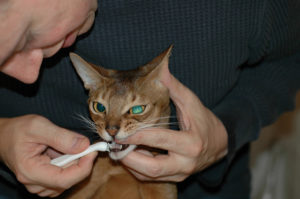
3. Chronic renal failure
Symptoms:
Both young kittens and older ones can collapse into this disease. However, the most exposed are individuals over 7 years old. Unfortunately, the symptoms start to be noticeable in a very advanced condition when the kidneys are already destroyed in about 75%. The earlier symptoms are very subtle – slightly decreased appetite, more frequent urination, vomiting. All this caregiver can treat as a temporary inadequacy of the pet and he will not take the treatment. Our attention will be paid only by gradual deterioration of the kitten’s condition, then it may be too late.
Causes:
The causes include: congenital malformations, pre-existing cystitis, poisoning with toxins. The cat’s diet consists mainly of meat, and in this there is a lot of protein and phosphorus. These components have a negative effect on the kidneys, which are responsible for the removal of harmful metabolic products, including urea – poisoning toxin.
Treatment:
After careful diagnosis, the doctor will decide on the form of treatment. It will depend on the stage of disease. First of all, you need to hydrate the cat and stop vomiting. It’s important to improve your appetite. A sick cat does not want to eat and thus further worsens his health. If you manage to normalise the patient’s condition, the next step will be to implement a healthy diet, which should contain a reduced level of protein and phosphorus. The protein is not completely eliminated, it should still be in the diet, but it must be of good quality. The kidneys do not have regenerative abilities – hence the disease is called chronic. Despite the dysfunction, a sick cat may live for a long time, but you must use the right diet and give medicines, and of course, carefully observe the symptoms of possible exacerbation of the disease.
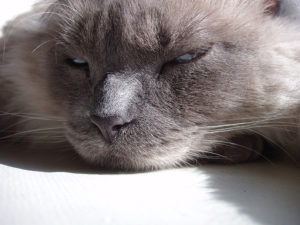
4. Diseases of the digestive system
Symptoms:
We should focus our attention on cuvette problems. These can be diarrhea, constipation, and even blood and mucus in the litter box. Too rare handling, let alone the lack of it is an extremely dangerous symptom. It should always draw our attention. Other causes include vomiting and lack of appetite, resulting in dehydration and gradual deterioration of the cat’s condition, as well as a sudden surge of appetite, while not taking on weight. Possible abdominal pain, aggressive response to the touch and lift test.
Causes:
Many factors affect the appearance of the disease. Poisoning caused by spoiled food, accidental ingestion of toxins, infectious disease. Other reasons include gastro-intestinal reflux, allergy, cancer, a foreign body in the body. The diseases of the digestive system include: acute gastroenteritis, pancreatic insufficiency, malabsorption syndrome, neoplasms.
Treatment:
Each of these conditions requires different treatment. The most important is therefore the correct diagnosis. In some cases surgery may be necessary, in others it will help a proper diet consisting of easily digestible food. Cat food with a sensitive digestive tract should contain a lower amount of fat and selected sources of protein and fibres that facilitate digestion. If negative symptoms pass, it will be possible to return to normal food. In the case of intestinal patients, fibre will have to be replenished, and allergens should be eliminated.
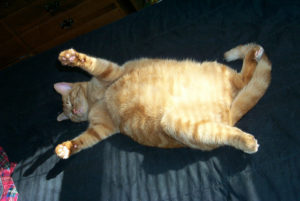
5. Hyperthyroidism in a cat (hyperthyroidism)
Symptoms:
So far, no specific breeds that are more vulnerable to hyperthyroidism have been identified, but quite often occur in Himalayan and Siamese cats. Over-activity causes an increase in the metabolic rate, and thus weight loss and a greater oxygen demand. A sick cat will have a higher body temperature, he will drink more, and he will settle more often. He will also eat more, but this may lead to vomiting and diarrhea, which in turn leads to progressive weight loss. Hyperthyroidism also gives cardiac symptoms: hypertrophy of the heart muscle, acceleration of the heart rhythm, increased physical activity and accompanying fatigue.
Causes:
The main causes of this disease are benign tumour growths of this organ. In very few cases, it can be malignant thyroid cancer. Nutrition and the environment have an impact on everything. Cats living in an environment poor in iodine are much more exposed to this ailment. It is also suspected that cats not using the cuvette may be more likely to suffer from it. However, this is not proven.
Treatment:
Diagnosing the disease is not easy by the variety of symptoms. However, the vast majority of sick cats will show thyroid enlargement. Over-activity can be treated pharmacology, by surgery, or by radiotherapy (unfortunately, this method is not available everywhere). As a rule, the goal is to reduce the concentration of hormones. Administering drugs does not cure the disease, it only stops its symptoms, which will come back when they are discontinued. This is a preparatory process before the surgery. The healing process supports feed rich in: iodine, phosphorus, sodium, taurine, and omega 3 fatty acids.

